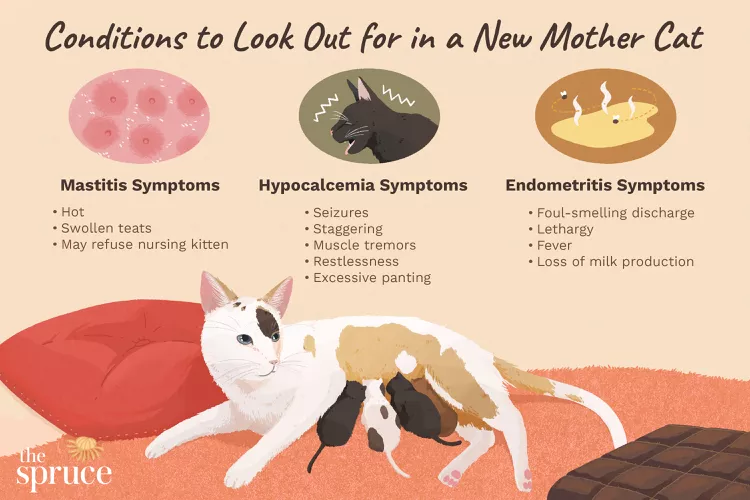
Postnatal care of a mother cat and her newborn kittens is crucial after she has given birth, and your observational skills are essential during this delicate time. In the first few weeks, look for warning signs of health issues and kitten developmental milestones like their physical activity.
Postpartum may occur in the mother cat, so make sure she and her kittens are in a comfortable, warm space that is separated from busier parts of the house. Thoroughly checking for any abnormalities in behaviors or physical appearances will also help you indicate issues quickly, so you can get veterinarian help as necessary. Here's everything you need to know about what to do after your cat gives birth.
If you haven't already done so, after one week, take the mother cat and kittens to your veterinarian for a wellness check. If the mother cat was not vaccinated, this would be a good time to do it. Also, she might get treatment for roundworms to protect both her and her kittens.
The first two to three weeks are the most crucial for a mother cat and her newborn kittens. The kittens should be developing rapidly, and if the mother is going to have any postpartum problems, it will happen during that period.
Let the mother cat set the pace for your attention. If she has been your pet for a while, she may welcome your visits. A rescued stray or fostered cat may prefer that you stay away. As long as the kittens are nursing frequently and appear to be thriving, they will be OK.
Keep the mother cat and her babies in a quiet part of the house; a separate room is ideal. Make sure the room is warm enough as kittens are unable to regulate their body temperature when they are only a few days old. The mother cat can keep the babies warm, but if she leaves to eat or use a litter box, the kittens can get cold. Chilling is one of the most critical dangers to newborn kittens. Provide blankets, a heat lamp, or a heating pad to ensure the kittens stay warm.
Use a large enough box to comfortably hold the mother cat and her kittens. Stack clean towels to line it. The towels will become soiled quickly as the kittens defecate. It will be easiest to remove the top towel to reveal a clean layer.
Keep the mother cat's litter box, food, and water bowls close by. Make sure you are feeding her a high-quality canned kitten food, supplemented with KMR (kitten milk replacement). These specially formulated foods ensure that a nursing, postpartum mother cat gets the nutrients she needs.
Three days after birth, a kitten's eyes start opening, and the umbilical cord will also fall off. Their nervous systems are not fully developed; you may notice them twitching during sleep. This twitching is entirely normal and indicates the development of their nervous system and muscles.
By two weeks, the kittens will start crawling around and will be attempting to stand. Their teeth will be starting to come in during this time. If you put your finger in their mouth, you will be able to feel tiny teeth nubs.
For the first three weeks, the mother cat will lick each kitten around the abdomen and anal area after nursing to encourage the elimination of waste. In her absence, you will need to simulate this task with a warm, damp washcloth.
By three weeks, the kittens should be walking around and actively playing. You can introduce them to wet food and supplement it with KMR. They should still be actively nursing. You can also introduce them to the litter box. At this age, avoid clumping clay litter. The best litter for young kittens is any premium non-clay litter or the World's Best Cat Litter.
Intestinal parasites are most common in kittens. Other health problems in young kittens are infectious diseases, such as respiratory infections, and congenital diseases.
Fading kitten syndrome occurs when a kitten fails to thrive. If you notice one of the kittens is generally more lethargic and sleeping a lot more than its siblings, it can be a sign of the syndrome. That kitten requires immediate attention from a veterinarian who specializes in kitten care.
Pregnancy, birth, and the period after delivery are a stressful time for the body of a new mother. A new mother has a flood of hormones, milk production begins, and recovery from the birth process is in full swing. There are a few severe conditions to keep an eye out for in your mother cat.
Mastitis is a bacterial infection of the milk ducts, which occurs when the mother cat's milk production gets blocked by inflamed mammary glands. The teats become swollen and hot, with apparent "bruising," and the mother cat may refuse to allow the kittens to nurse. Mastitis is a veterinary emergency. The cat usually needs antibiotics to fight the infection. The kittens may need to be hand-fed until the mother cat has recovered.
Hypocalcemia, also known as "milk fever," is rare in cats, but it is another veterinary emergency. This condition can result from a lack of calcium during pregnancy and nursing. Symptoms include seizures, staggering, muscle tremors, restlessness, and excessive panting. While the mother recovers, the kittens will need to be fed by hand.
Metritis is a severe infection of the uterus; it is also a veterinary emergency. The mother cat will usually have normal vaginal drainage after birthing her kittens. But, if you notice a foul-smelling discharge, that is a red flag. Other symptoms include lethargy, fever, and loss of milk production.
The mother cat may have to be hospitalized for treatment and might need an emergency spaying. As the mother cat recovers, feeding and care for the kittens will fall to you.

Cute Pictures & Facts About Calico Cats & Kittens
Learn fascinating facts about calico cats, including photos, the genetics behind this color combination, and common folklore and traditions.
How to Prevent Cat Separation Anxiety During Vacations
Discover why cats develop litter box problems and cat behavior problems when you go on vacation and what you can do about it to help them.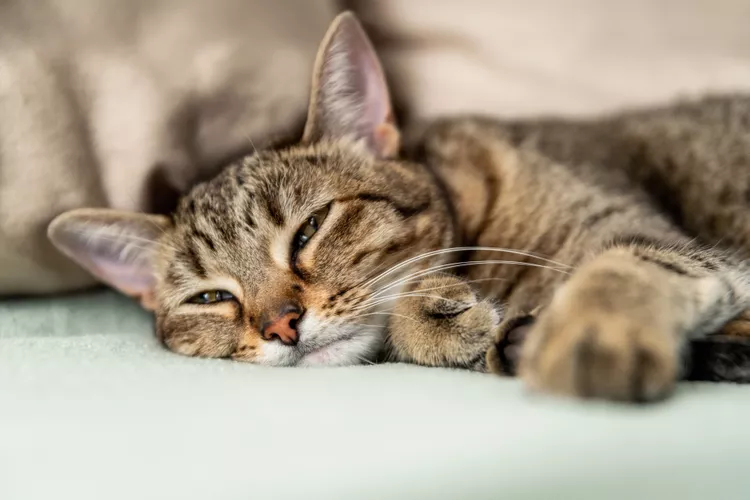
Cat Behavior Changes That Might Mean Something's Wrong
Cats' behavioral changes may indicate problems—or they may mean nothing at all. Explore causes of odd behavior and what to do about them.
Lhasa Apso: Dog Breed Characteristics & Care
The Lhasa apso is an ancient breed from Tibet that was bred to be a watchdog. Learn about its history, health, exercise needs, and more.
Reasons Why Dogs Run Away and How to Stop It
Dogs can escape, especially if they’re bored and not properly contained. Here are some techniques for stopping your dog from running away.
Can Dogs Get Depression? How to Help Your Sad Dog
Can dogs get depression? Learn about the signs of depression in dogs and find out how to help your sad dog.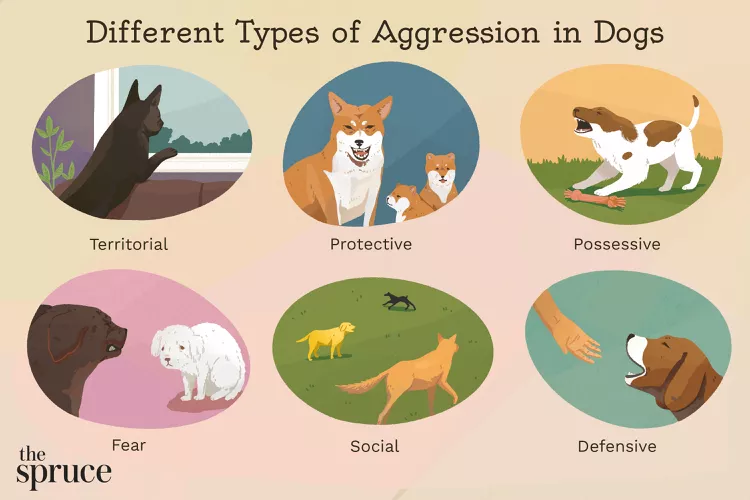
How to Stop Aggression in Dogs
Dog aggression can be a serious behavior issue for pet owners. Learn how to stop aggression in dogs before someone gets hurt.
How to Stop Your Dog From Growling
A growling dog can soon become even more aggressive. Reduce the noise and potential for a dangerous situation with some of these techniques.
Why Do Dogs Dig Holes? How to Stop Your Dog from Relandscaping Your Yard
Dogs have been digging holes for centuries and for many reasons. Whether they’re bored or want to cool off in the dirt, here are the top reasons why dogs dig holes.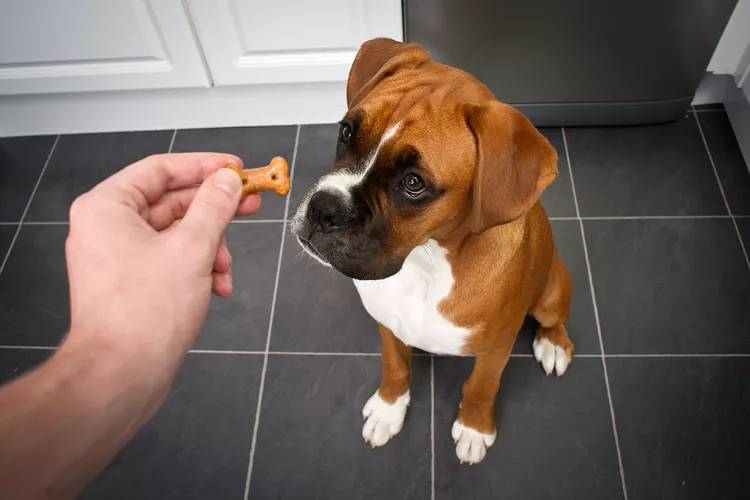
Dog Treat Varieties
Learn about the different types of dog treats on the market and decide which are best for your dog.
Can Dogs Eat Asparagus?
Dogs can eat asparagus, provided the vegetable is cooked plain and cut up for them. Seasonings, salt, and butter make it unhealthy for dogs.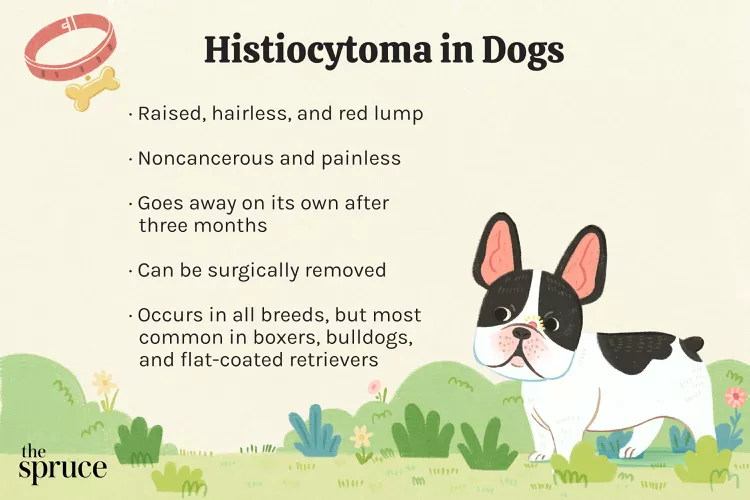
Histiocytomas in Dogs
A histiocytoma is a type of benign (non-cancerous) skin lump that usually affects young dogs. Learn the causes, treatment, and prevention.
Why Is My Dog’s Eye Swollen?
If your dog's eye is swollen, she may need veterinary attention. The inflammation could be caused by allergies, an injury, or even a tumor.
Common Bugs and Parasites Found on and Inside Dogs
Learn about common types of parasites in dogs. Find out how to treat and prevent parasites to keep your dog, your family, and yourself safe.
Exploring the Different Types of Pet-Friendly Beaches
Are you looking for pet-friendly beaches? Learn about the different types of pet-friendly beaches, their locations, and tips for visiting them with your pet.
10 Obscure, Little-known Canine Facts in Honor of National Dog Day
With National Dog Day upon us, it's time to celebrate everything about our favorite pets—even the weirder stuff. Here are 10 obscure facts about dogs you probably didn't know.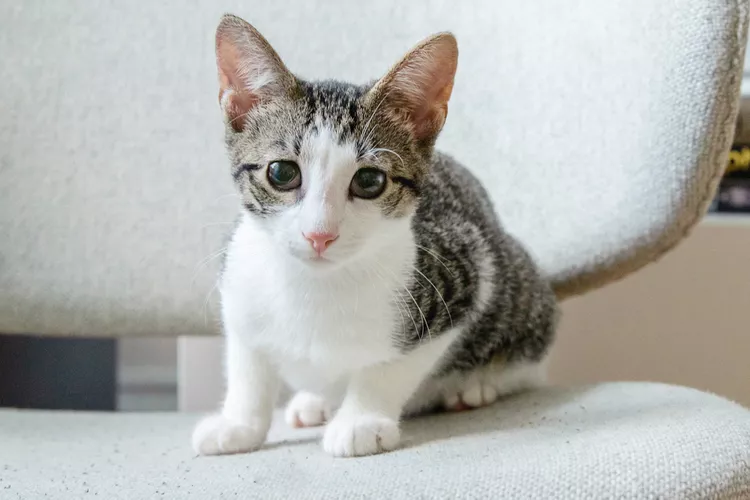
Kitten Development From 3 to 6 Months Old
Kittens grow and change a lot during their first year. Find out what happens between the ages of three months and six months old.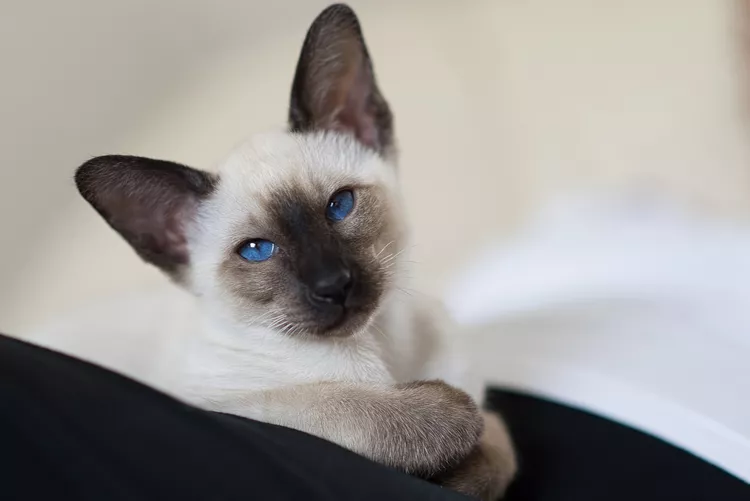
95 Siamese Cat Names
Our list of Siamese cat names has diverse and fun options to help you choose the ideal moniker for your elegant and lovable feline companion.
What to Buy for Your New Cat: A List of Essentials
Before you bring your new cat or kitten home, there are a number of things to collect or buy so your cat will feel welcomed like a family member.
The 6 Best Cat Nail Clippers of 2024 for a Safe Trim
Clipping your cat's nails can save your furniture and keep your kitty comfortable. We asked veterinarians for their cat nail clipper recommendations.